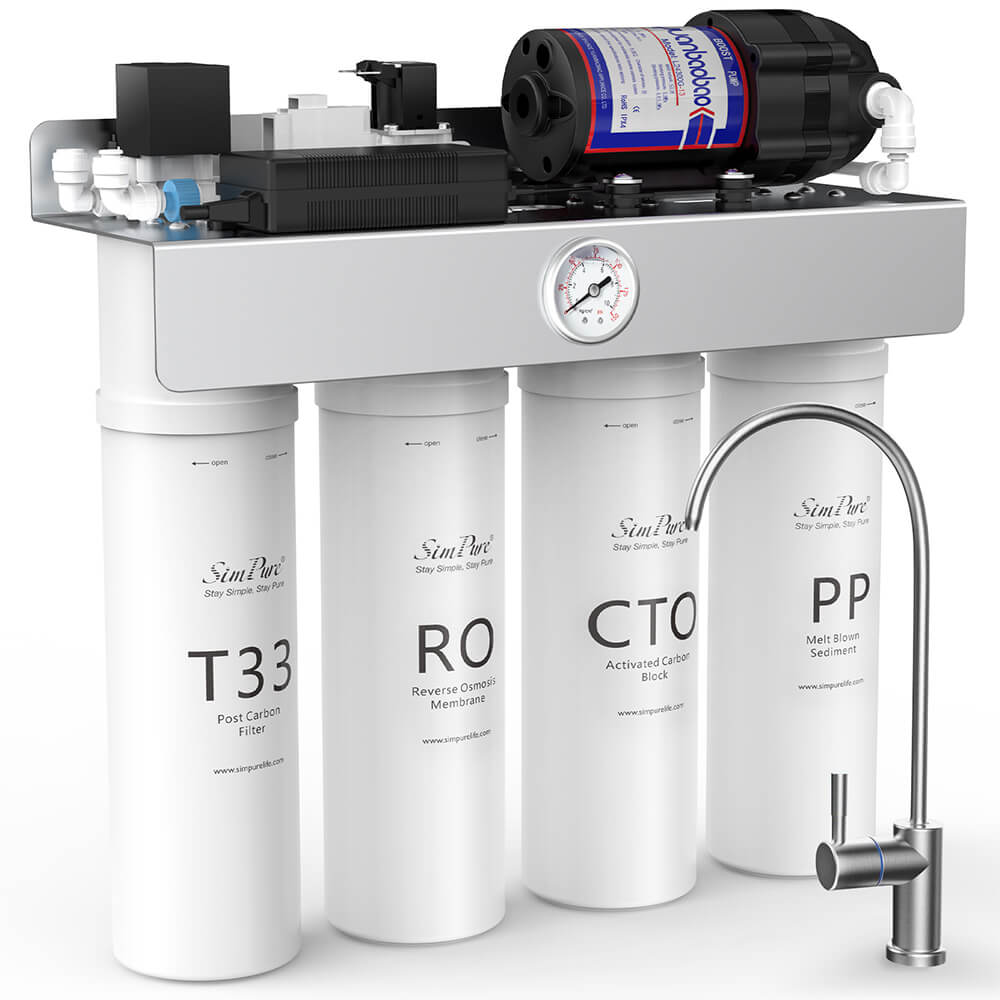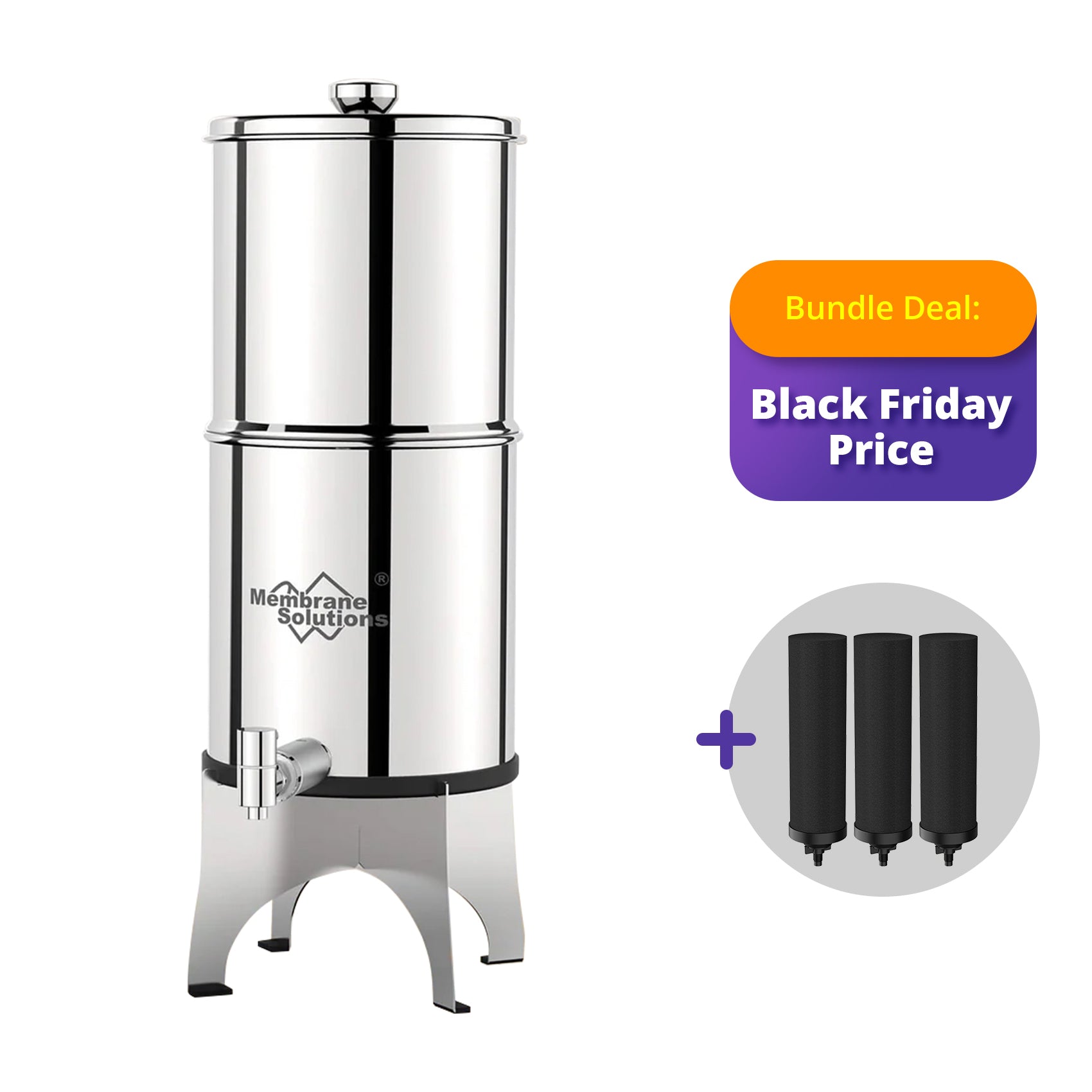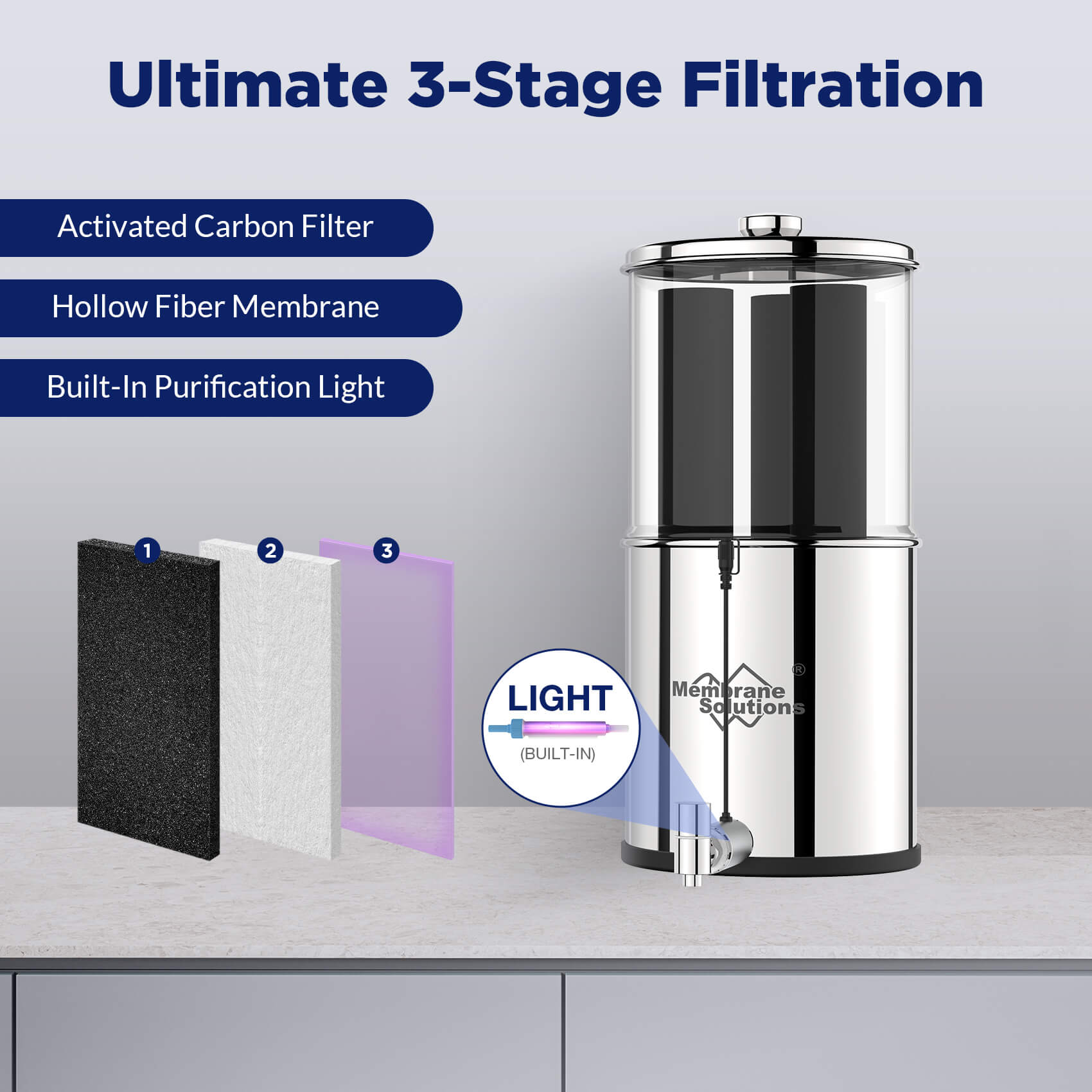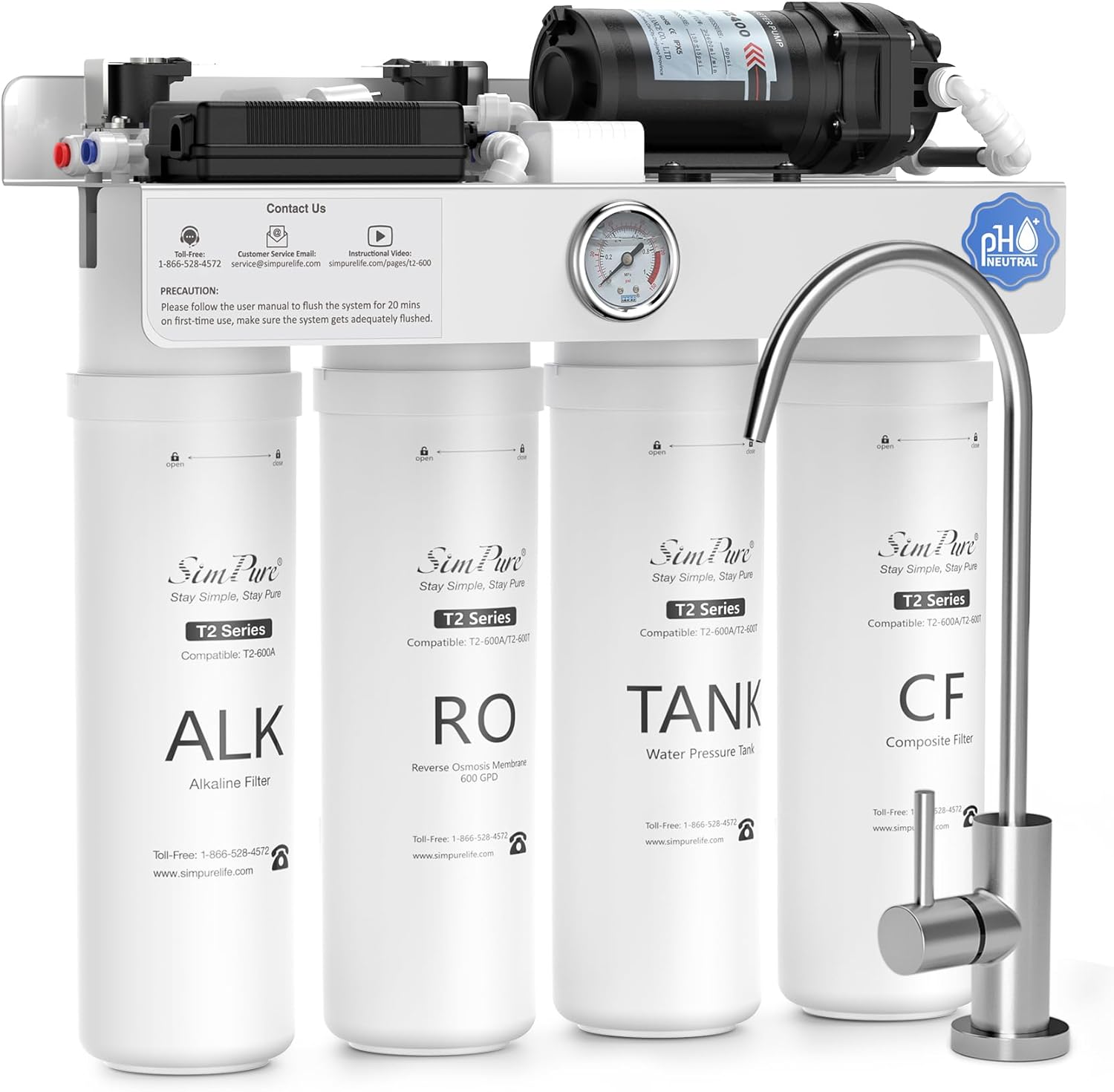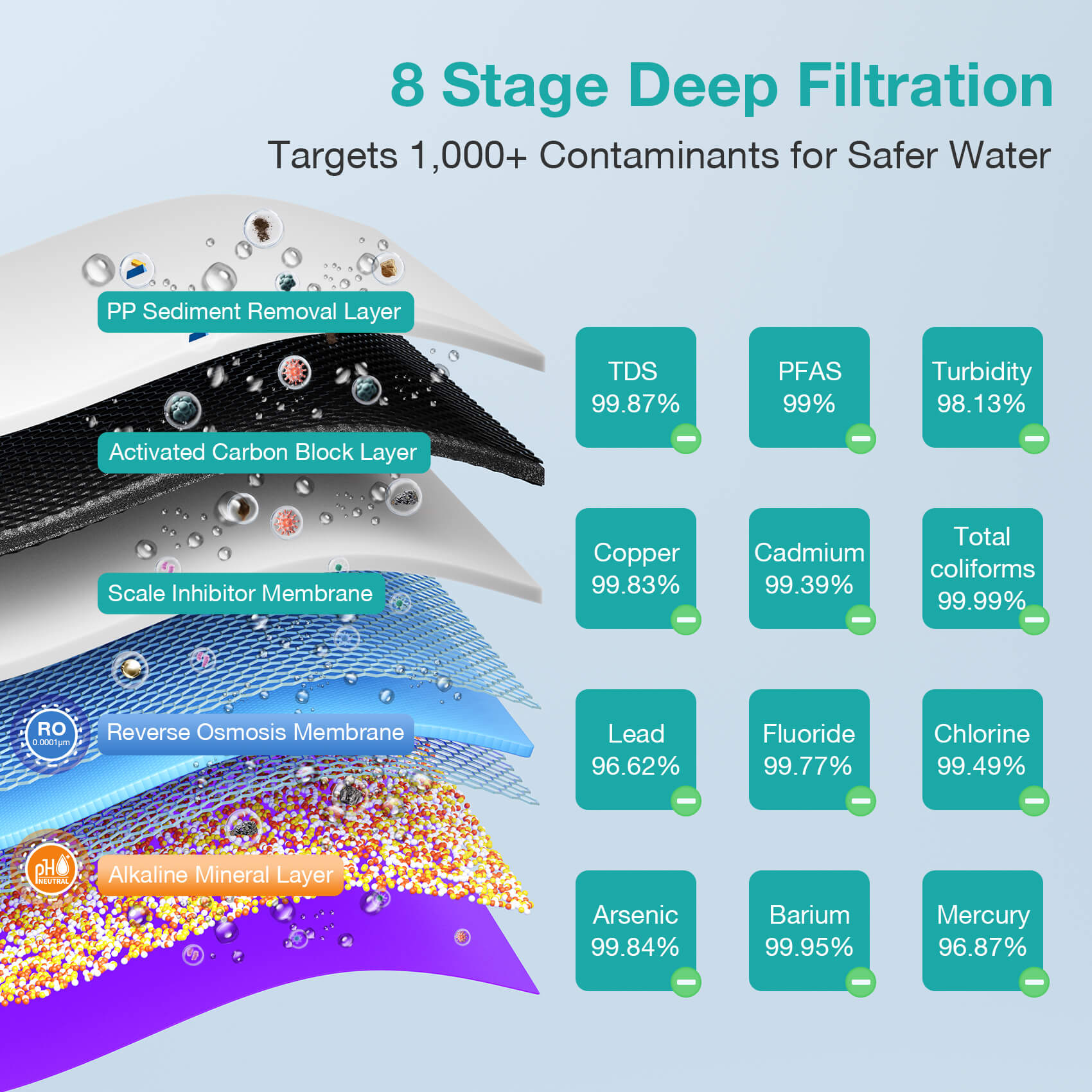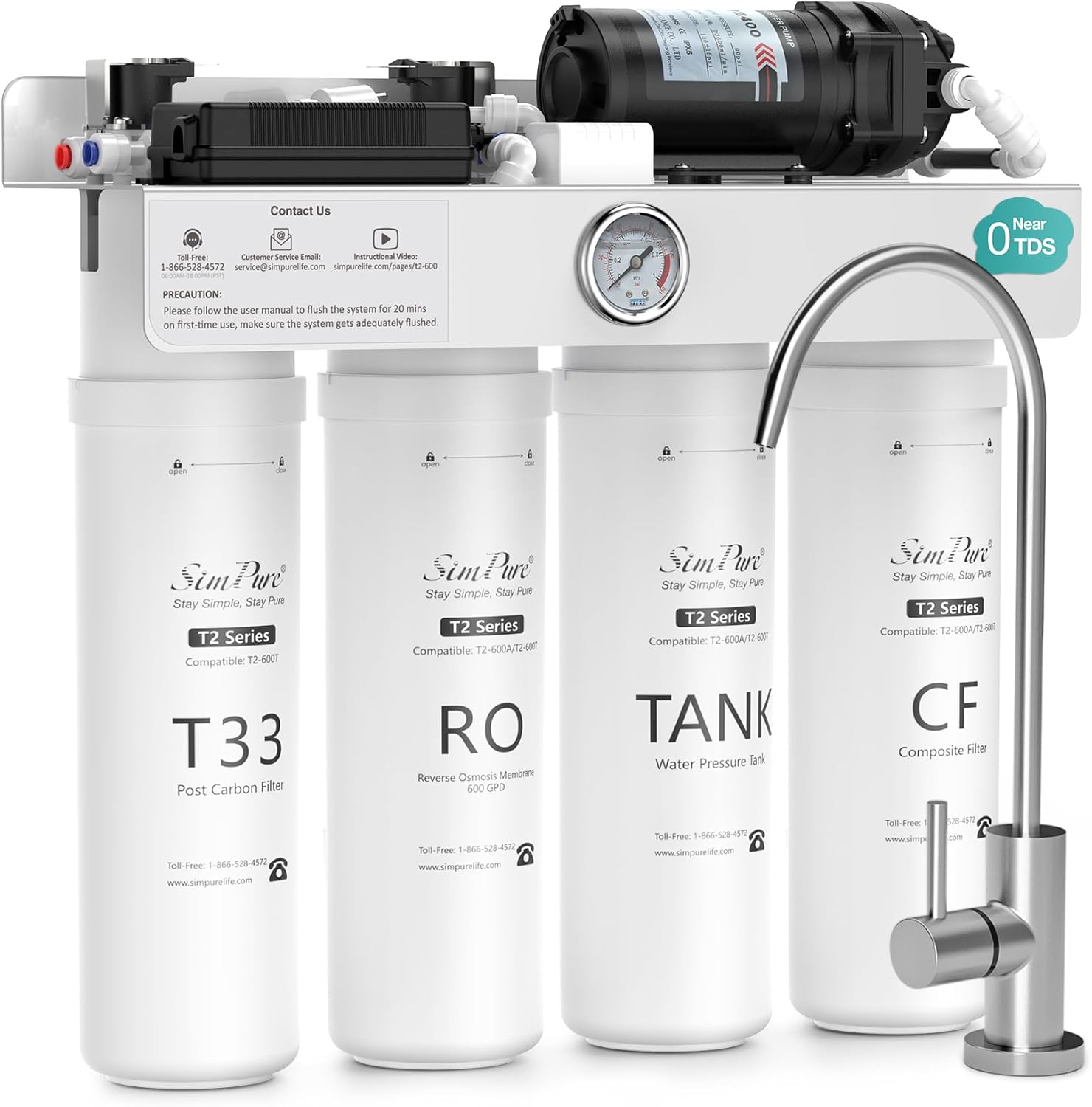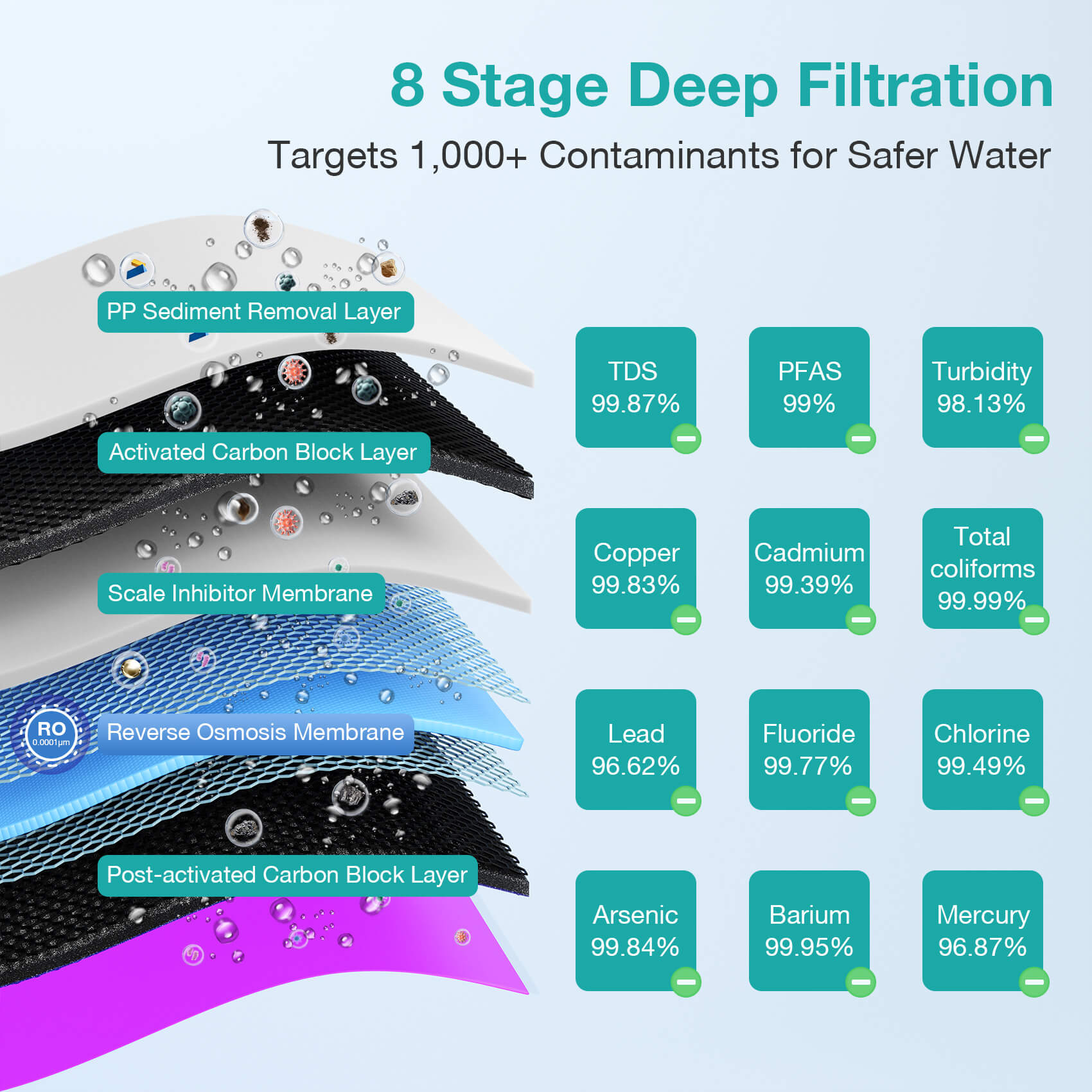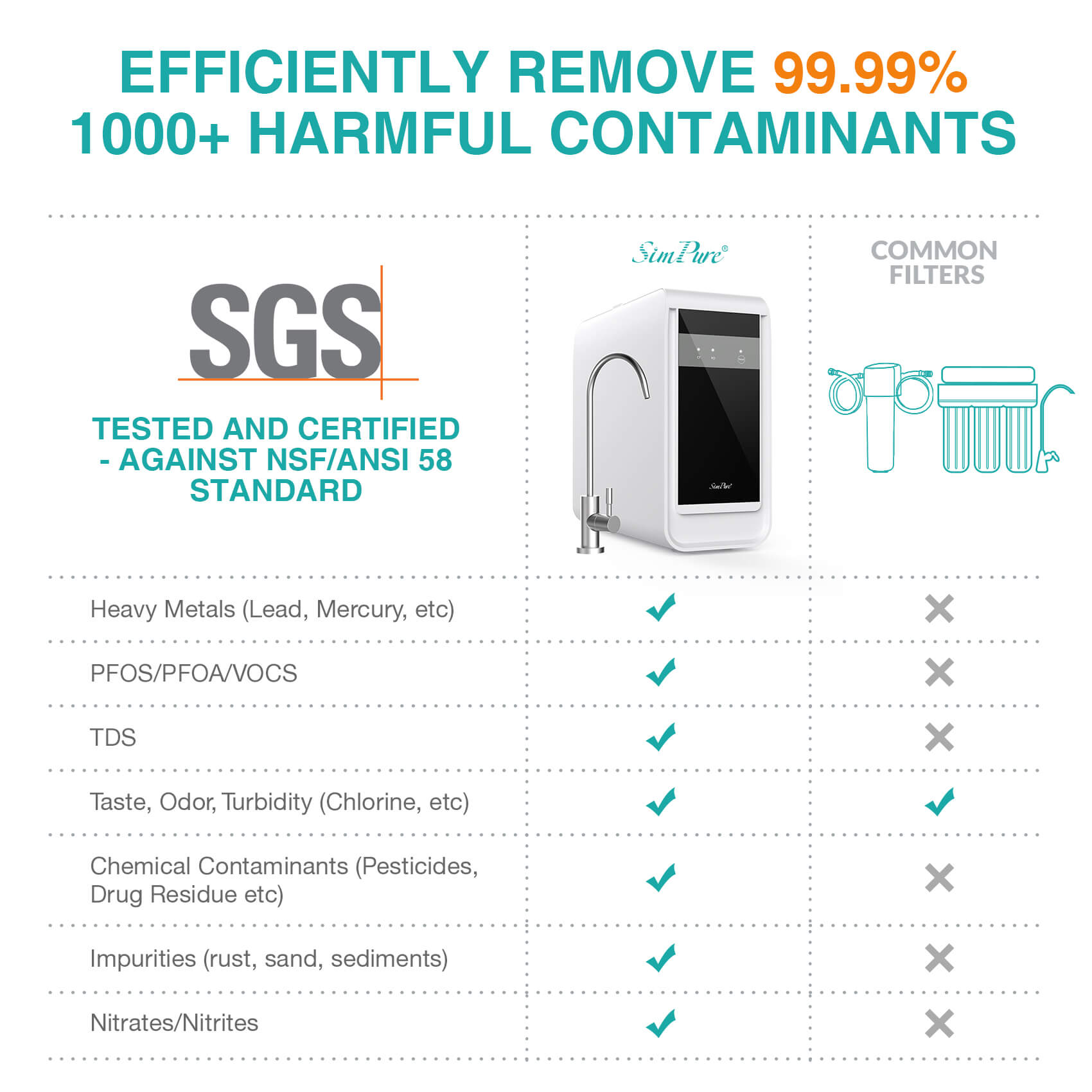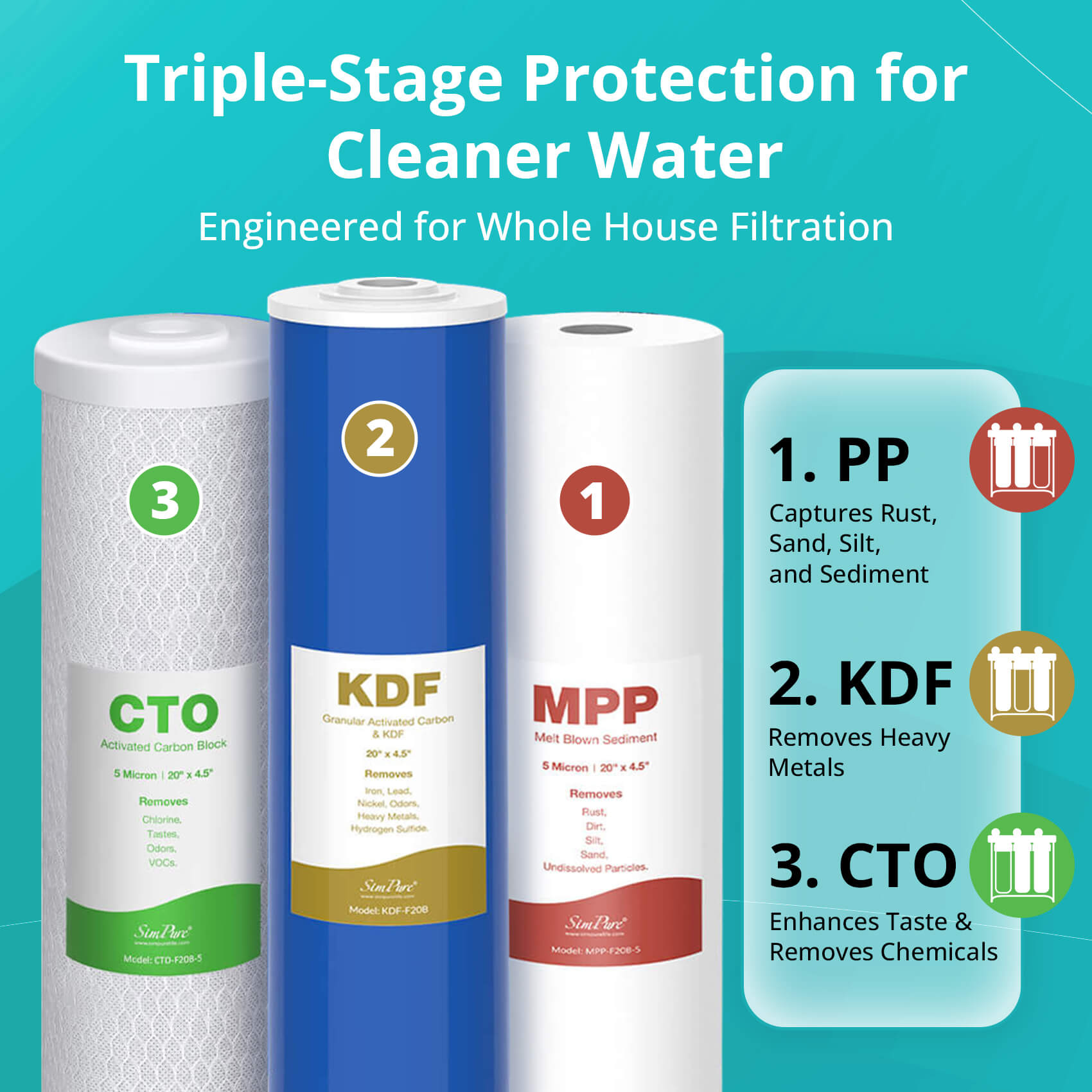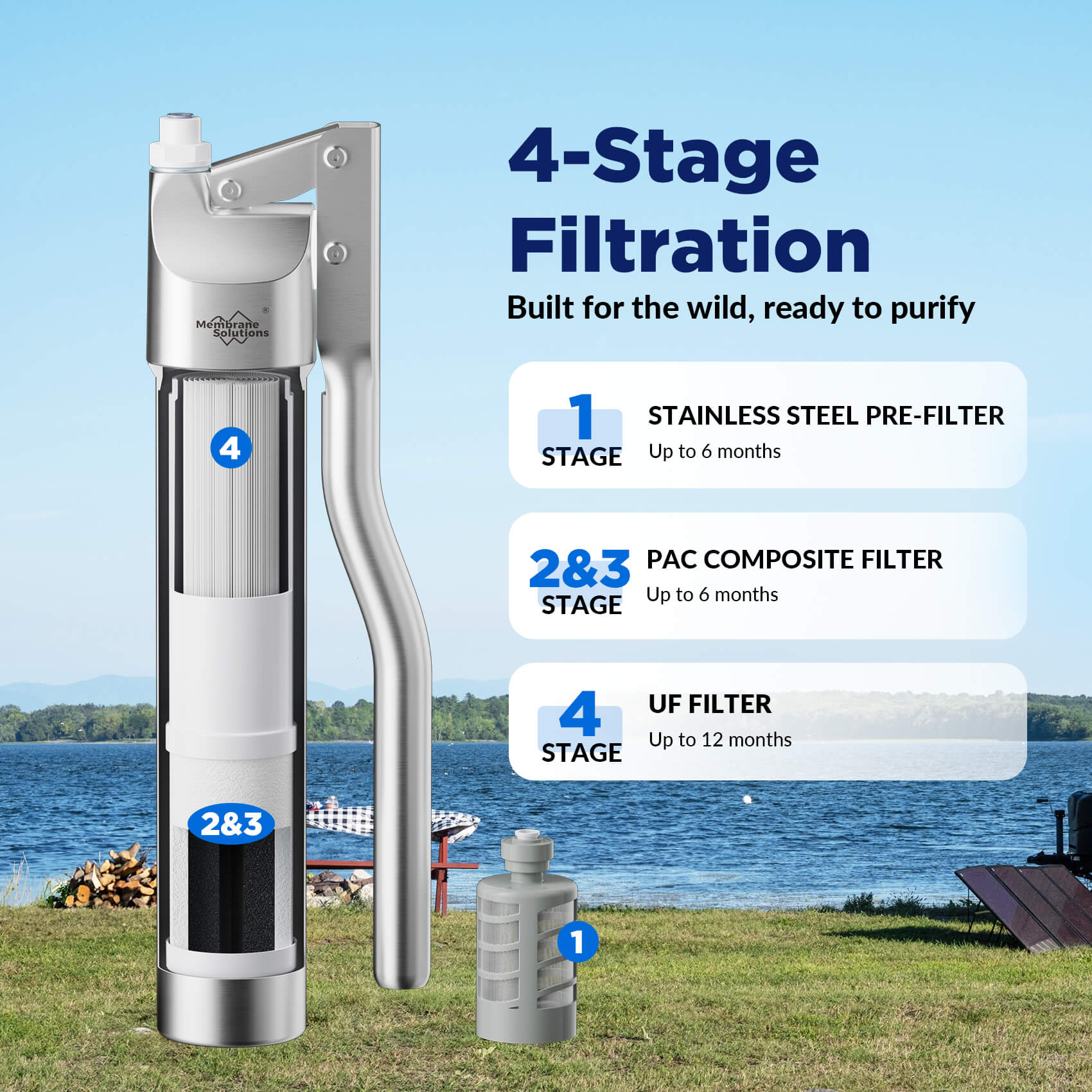Have you ever experienced the dismay of finding unexpected stains on your clothes after a fresh wash? The frustration of spotting unexpected stains on your freshly laundered favorites is all too relatable. So why do my clothes have stains after washing? How can you prevent them? This blog holds the key to answers and practical tips, ensuring your laundry days are stain-free and stress-free.
Table of Contents
1. Excessive Detergent Residue on Fabrics Causes Post-Wash Stains.
2. Hard Water Minerals React With Detergents, Leading to Stains.
3. Mixing Colors During Washing Results in Unexpected Fabric Discoloration.
4. Overcrowded Loads Hinder Proper Cleaning, Causing Lingering Stains.
5. Aggressive Washing Cycles Can Damage Fabrics, Creating Persistent Stains.
6. Failure to Clean the Washing Machine Promotes Stain Transfer.
Now, let's delve into the specifics. The frustration of post-wash stains often stems from unsuspecting culprits. Understanding these factors is key to transforming your laundry routine. Let's explore six common reasons why your clothes might bear mysterious stains after washing.
1. Excessive Detergent Residue on Fabrics Causes Post-Wash Stains.
Excessive detergent residue on fabrics is a common culprit behind post-wash stains. When laundry detergent isn't properly rinsed out during the washing cycle, it leaves behind a residue on clothing fibers. This residue can attract and trap dirt, minerals, and other particles from the water, creating unsightly stains on the clothes. Moreover, the residue itself may contain additives or chemicals that, when left on the fabric, can react with air or moisture, leading to discoloration or staining. The problem is exacerbated when individuals use more detergent than necessary, thinking it will result in cleaner clothes.
- In this Situation, How Do You Prevent Stains After Washing Clothes?
To prevent stains caused by excessive detergent residue, adopt a mindful approach to laundry. First, adhere to recommended detergent quantities based on load size. Utilize high-efficiency detergents and consider their concentration. Prioritize thorough rinsing by selecting additional rinse cycles if available. Regularly clean your washing machine to eliminate built-up residue. Implementing these measures ensures effective cleaning without leaving behind detergent remnants. Additionally, consider using fabric softeners sparingly, as they can contribute to residue buildup.
2. Hard Water Minerals React With Detergents, Leading to Stains.
Hard water, rich in minerals like calcium and magnesium, can be a silent instigator of post-wash stains on clothes. When these minerals interact with detergents during the washing process, they form insoluble compounds. These compounds create a residue that adheres to fabrics, compromising their cleanliness. The mineral-laden residue not only diminishes the effectiveness of the detergent but also clings to clothing fibers, resulting in stubborn stains.
The chemical reaction between hard water minerals and detergents forms soap scum, which deposits on garments, particularly in areas with high mineral content. As a consequence, fabrics may feel stiff, look dull, and exhibit discolored patches. Over time, the continuous buildup of these mineral deposits exacerbates the staining issue, making it essential to address water hardness in laundry routines.
- In this Situation, How Do You Prevent Stains After Washing Clothes?
To prevent stains caused by hard water minerals, consider investing in a water softener or a water filter designed specifically for hard water. It is recommended to install the SimPure T1-400 UV Best Water Filter System for Hard Water. With its advanced reverse osmosis membrane, it achieves an impressive TDS removal rate of up to 95%, effectively eliminating calcium and magnesium. The high-precision water pressure gauge and four filters ensure efficiency and durability, surpassing many alternatives. If your tap water's TDS falls between 0-1000ppm, it stands out as a highly effective solution to combat hard water issues, safeguarding your clothes from post-wash stains.
3. Mixing Colors During Washing Results in Unexpected Fabric Discoloration.
When different colored garments are washed together, especially if they bleed color, the dyes from one fabric can transfer onto others. For instance, washing a red shirt with whites may result in a pink tint on the white items. This occurs as the dyes dissolve in the water and redeposit onto neighboring fabrics. The interaction between contrasting colors exacerbates the issue, creating noticeable stains.
- In this Situation, How Do You Prevent Stains After Washing Clothes?
To prevent stains resulting from mixing colors during washing, implement a diligent sorting strategy. Group similar colored garments together to avoid color bleeding and unwanted discoloration. Prioritize separating whites, darks, and brights into distinct loads. Additionally, consider using color-catching sheets or laundry pods designed to absorb stray dyes. This proactive approach ensures that vibrant colors stay where they belong and prevents the inadvertent transfer of dyes between fabrics.
4. Overcrowded Loads Hinder Proper Cleaning, Causing Lingering Stains.
Overcrowded loads in the washing machine can significantly impact the cleanliness of your clothes, resulting in lingering stains. When you stuff too many garments into a single load, several issues arise. Firstly, inadequate water circulation hinders the thorough rinsing of detergent, leading to detergent residue buildup on fabrics. This residue can manifest as stains on clothes, particularly when it reacts with body oils and other substances during the washing process. Moreover, overcrowded loads restrict the movement of clothes, preventing them from rubbing against each other effectively. This limited friction diminishes the cleaning power, allowing dirt and stains to persist. The crowded environment also impedes the rinse cycle's efficiency, leaving behind detergent and soil remnants.
- In this Situation, How Do You Prevent Stains After Washing Clothes?
To prevent stains caused by overcrowded loads, prioritize proper load management. Follow your washing machine's recommended capacity to ensure sufficient water circulation and effective detergent distribution. Separate fabrics by color and type to avoid color bleeding. Opt for larger loads rather than cramming multiple small ones. This allows clothes to move freely, promoting better cleaning. Additionally, consider using pre-treatment for stubborn stains before washing. Regularly maintain your washing machine, cleaning filters and inspecting for residue buildup.
5. Aggressive Washing Cycles Can Damage Fabrics, Creating Persistent Stains.
Aggressive washing cycles, characterized by high-speed spinning and forceful agitation, can inadvertently damage delicate fabrics, leading to persistent stains on your clothes. During these intense cycles, garments may undergo excessive friction and abrasion against each other and the machine's drum. This friction can cause fibers to weaken, leading to tears, snags, or even unraveling of threads. Damaged fabric surfaces become more prone to trapping and holding onto particles, detergents, or other substances, resulting in lingering stains after washing.
Moreover, aggressive washing can cause color bleeding, especially in garments with vibrant hues. As colors bleed and mix, they contribute to undesirable discoloration and stains on lighter or contrasting fabrics within the same load.
- In this Situation, How Do You Prevent Stains After Washing Clothes?
To prevent stains caused by aggressive washing cycles, opt for gentler wash settings tailored to fabric types. Use the delicate or hand wash cycles for delicate items to minimize friction and abrasion. Additionally, consider placing delicate garments inside mesh laundry bags for an extra layer of protection. Ensure proper sorting by color to prevent color bleeding. Regularly inspect and maintain your washing machine to avoid malfunctions that may contribute to aggressive cycles.
6. Failure to Clean the Washing Machine Promotes Stain Transfer.
Neglecting washing machine maintenance can lead to stain transfer, jeopardizing the cleanliness of your laundry. Over time, detergent residues, fabric softener buildup, and grime accumulate in the machine. When left unchecked, these residues can transfer onto your clothes during subsequent wash cycles. The residue-laden water interacts with fabrics, leaving behind stubborn stains that are challenging to remove. Additionally, mold and mildew may develop in neglected machines, further contributing to staining issues.
- In this Situation, How Do You Prevent Stains After Washing Clothes?
To prevent stains caused by washing machine neglect, adopt a proactive cleaning routine. Regularly clean the detergent drawer, drum, and filters to remove accumulated residues. Run empty hot water cycles with vinegar or specialized machine cleaners. Ensure proper ventilation to prevent mold growth. Implement a monthly maintenance schedule to uphold machine hygiene. By diligently caring for your washing machine, you not only eliminate stain-promoting residues but also enhance the longevity of your clothes.
Other Hot Questions on Clothes Having Stains After Washing
1. Why Do My White Clothes Have Brown Spots After Washing?
Brown spots on white clothes after washing may result from a combination of factors. One common culprit is the presence of iron in the water supply, leading to rust stains. Additionally, insufficient detergent or using an ineffective stain remover may fail to combat dirt or oil-based stains. Overcrowding the washing machine limits water and detergent distribution, hindering proper cleaning. Addressing these issues involves using a rust stain remover, ensuring an adequate amount of quality detergent, and avoiding overloading the machine. Proper sorting and stain treatment contribute to preserving the pristine appearance of white clothes post-wash.
2. Why Does My Black Shirt Have White Marks After Washing?
The appearance of white marks on a black shirt after washing can be attributed to detergent residue. Insufficient rinsing or using too much detergent may leave powdery or soapy remnants on dark fabrics. To prevent this issue, ensure the correct detergent quantity and choose a detergent suitable for dark colors. Additionally, consider using a liquid detergent, as it tends to dissolve more effectively. Thoroughly rinse clothes and run an extra rinse cycle if needed.
In conclusion, we have explored the specific causes and preventive measures of why do my clothes have stains after washing. Armed with insights on detergent use, water quality, and machine maintenance, you're ready to solve your laundry routine. For those battling hard water quality causing stains, explore the SimPure water filter solution. Learn more about hard water with our below blog:
2. Does Hard Water Cause Acne?
3. Does Hard Water Cause Hair Loss?
4. Can Hard Water Cause Kidney Stones?
5. Why Is My Water Leaving Green Stains?
6. How to Test Water Hardness?


